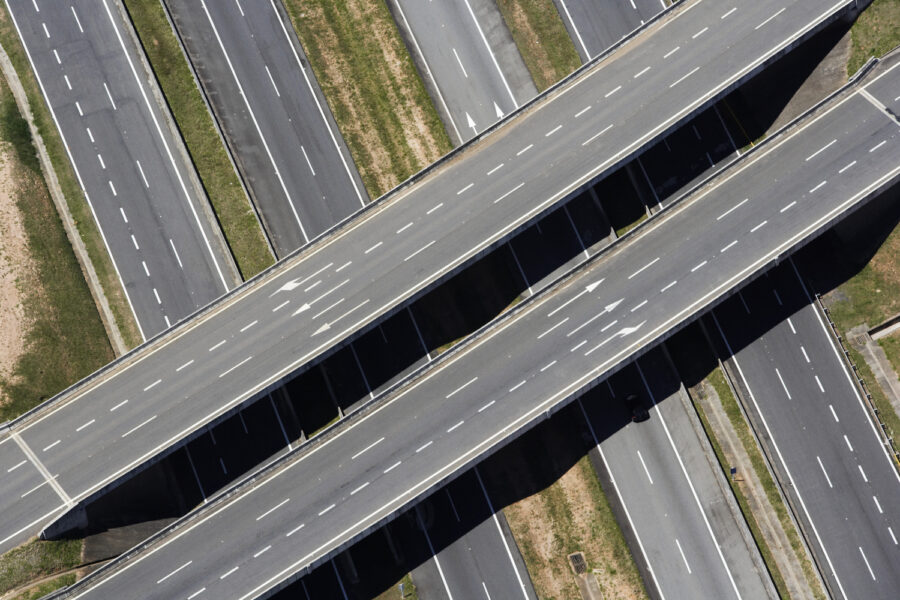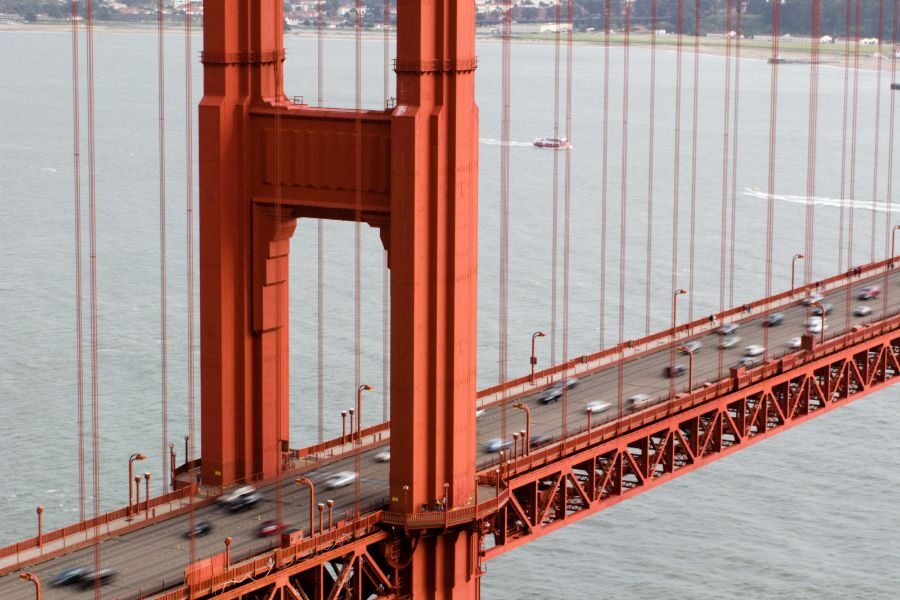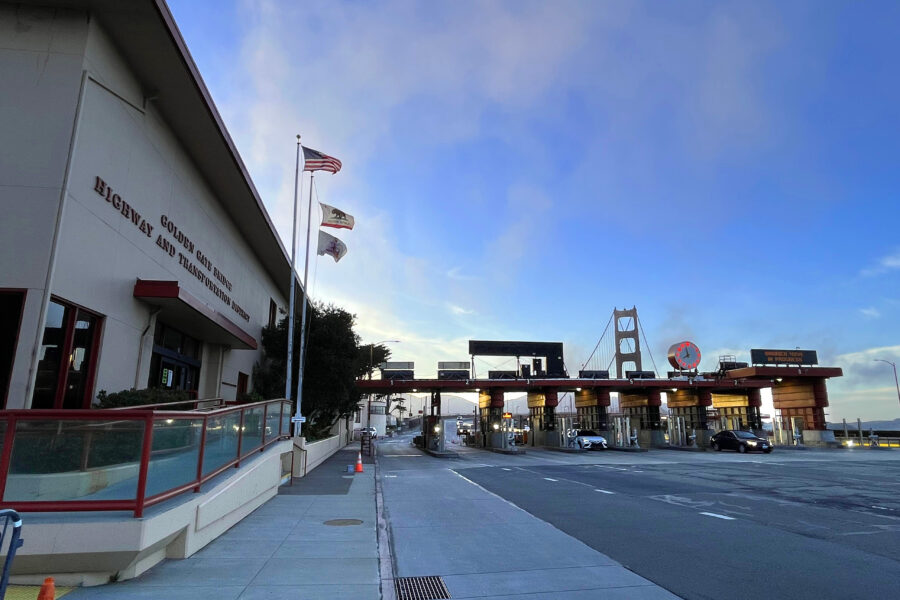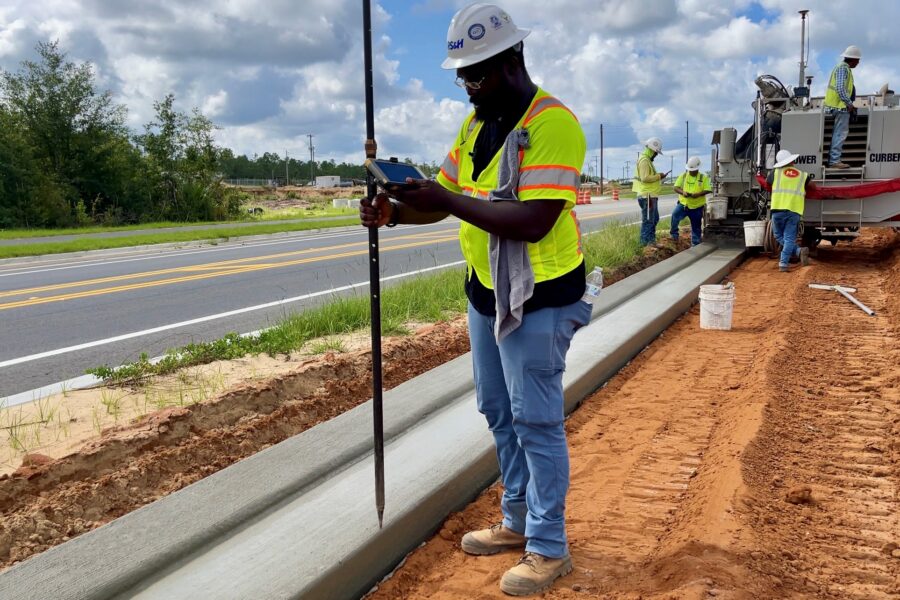How Can Transportation Agencies Better Deal With Emerging Tech?

Transportation agencies and users have been suffering with crumbling infrastructure and insufficient revenue for so long, it’s easy to forget that both are solvable problems.
Investing in emerging technology is no different than investing in traditional infrastructure; both require capital investment up-front and sustained funding for lifecycle operation and maintenance. The scale of these costs – both the initial outlay and long-term requirements – varies based on the design quality and implementation effectiveness.
The new challenge that emerging tech poses to transportation agencies is that the expertise to successfully integrate new data and computing resources into the ecosystem falls outside the domain knowledge of many traditional staff and contractors. Further, the marketing hype of Driverless Cars attracted new private sector players to the government contracting sector.
Trading on the recognition of Big Box names, Big Tech firms have seeded new products in the minds of transportation engineers who are tasked with the challenge of modernizing their network operation.
While public sector agencies benefit from collaboration with product developers, providing adequate expertise in oversight and verification are not being done on these new products to properly assess their benefit.
As transportation professionals, we need to ask if these new tools pushed in front of us are able to significantly improve safety and mobility, or are they just flashy new toys making a splash in a conference. Are we holding these product developers to proper levels of performance measurement?
To more successfully integrate new technology at scale, the public sector can reclaim its authority by initiating new, long-term funding alternatives that will promote sustainability. With dedicated funding beyond the traditional road construction bill, an agency can become a national leader in emerging technology adoption and expansion.
Knowing that the list of infrastructure needs may be long and funding options may be short, here are a few things to keep in mind as your agency navigates the implementation of emerging technologies.
1. Stay in the Driver’s Seat
The marketing teams of every vendor would have you believe that the world is changing faster than you can manage on your own. But look at the challenges that we have been left with from mixed-market operations of new and historical equipment and the fatal cost of jumping the gun.
State and local traffic agencies are the most familiar with local and regional traffic operations, and they are the best (and only) custodian of public safety.
Trust and push yourselves. There is a place for contracted expertise and new products, but your agency staff has the knowledge to manage your networks safely and efficiently. Anyone who tells you different is trying to sell you something.
2. Be Bold and Needs-Driven
The impact of COVID-19 showed us how much more change we can tolerate than is normally comfortable. While the coronavirus brought with it new challenges, pain, and suffering, it also illuminates an opportunity to do more with what we have.
Car-centric transportation offers unmatched comfort and convenience and, while it is a safer way to travel during the pandemic, the traveling public might have a deeper appreciation for cooperative systems over individualized ones in the post-COVID world.
Don’t be captivated by the next shiny object. Institutional knowledge of regional travel patterns is unmatched. Work to solve important problems and be willing to consider new operations, but remember that there is no silver bullet.
3. Test More, Embrace Failure and Stay Agile
The historical challenge with new technology in transportation is market penetration; we can’t see system-wide benefits of new technology clearly until there is substantial deployment and adoption.
Focus on smaller-scale deployments with rapid intervals of testing and validation to ensure new components are fully integrated, beneficial, and scalable before making larger investments. This approach gives your technical and procurement staff time to understand both the opportunities and the constraints of new tools.
Sometimes failure is an essential component of innovation, so be prepared to discuss it openly. We need more candid discussion of the lessons learned from these investments to inform a more strategic, cooperative path forward.
Instead of favoring mega pilot deployments, consider the “victory of a smaller win” by coordinating a grassroots building effort that would help state and local agencies navigate procurement, configuration, integration, data, and security challenges.
RS&H is investing in new tools to help agencies implement a more organic adoption curve of new technology. Get connected today with RS&H.




